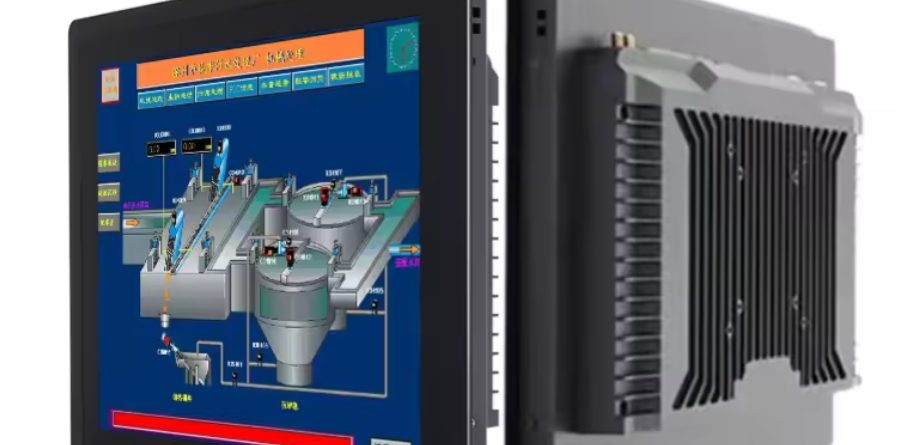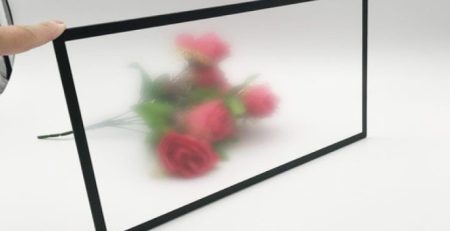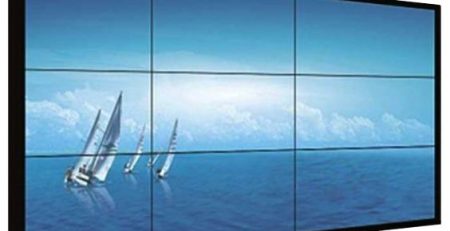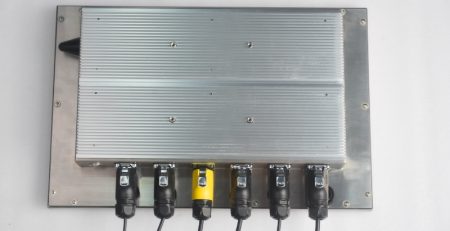Usually, we frequently use LCD screens in our lives, but do you know what the main components of an LCD panel are? In fact, the components of LCD panels are: polarizer, glass substrate, color filter, alignment film, liquid crystal material , optical diaphragm, drive circuit, housing and other components.
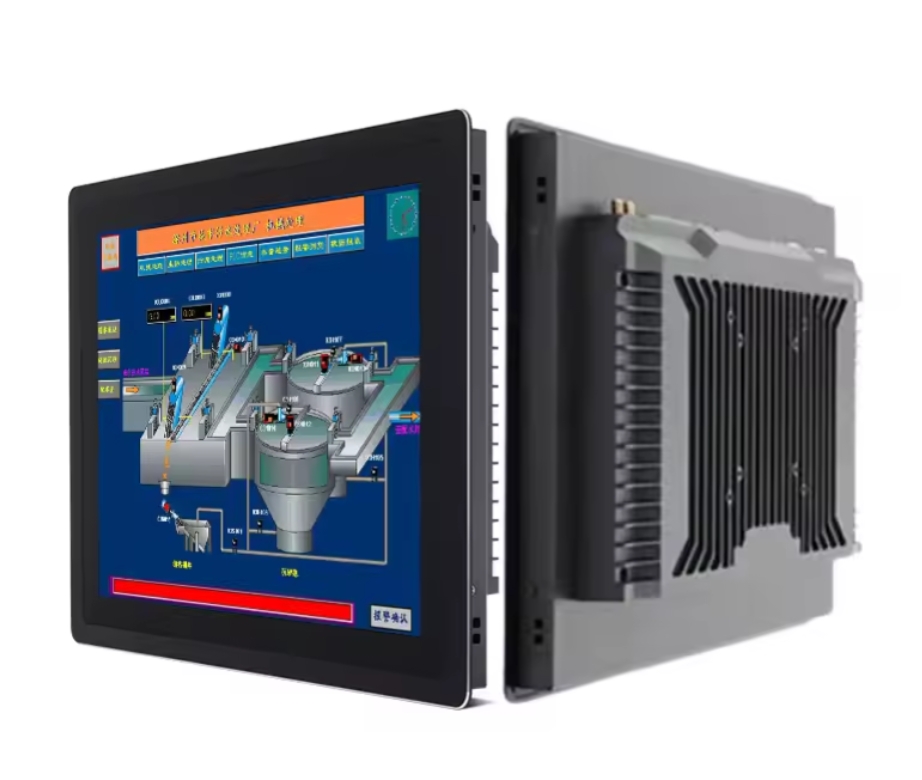
1. Glass substrate
The glass substrate is a thin glass sheet with an extremely flat surface. There is a transparent conductive layer on the surface, that is, the ITO film layer, which is processed by photolithography to form a transparent conductive pattern. The smallest image unit that makes up all the brightness and color of an image. There are pixel graphics and outer lead graphics. However, the outer leads cannot be conventionally soldered and can only be connected through conductive rubber strips or conductive tapes. If scratched, cut or corroded, the device will be scrapped.
2. Color filters
The reason why the LCD panels can display colors is because the light passes through the color filter. The LCD panel changes the voltage of the driving chip, causing the liquid crystal molecules to stand or twist in a row, forming a gate to select whether the backlight light penetrates or not, thereby creating a picture. However, this only differs in the degree of light transmission, and the colors produced are only black and white. To form a colorful picture, a combination of red, green, and blue light sources is needed.
3.Alignment Layer
Alignment Layer is a key material that controls the quality of LCD displays. In order to achieve good rotation of the liquid crystal material, alignment films need to be coated on the inside of the upper and lower electrode substrates of the LCD display. After coating the alignment film, proceed with the rubbing process. The surface of the alignment film will form grooves arranged in a certain direction due to friction. The liquid crystal material on the alignment film will achieve an orientation effect due to the force between molecules, resulting in an alignment effect. . In this way, the liquid crystal molecules can be controlled to be arranged in a specific direction and a predetermined tilt angle, which is beneficial to the movement of the LCD display.
4.Liquid crystal material
Liquid crystal material is the main body of LCD displays. Different devices use different liquid crystal materials. Most liquid crystal materials are mixed from several or even dozens of single liquid crystal materials. Each liquid crystal material has its own temperature characteristics. If the use or storage temperature is too low, the crystallization will destroy the orientation layer of the LCD panels; if the temperature is too high, the liquid crystal will lose its liquid crystal state, thus losing the function of the LCD display.
5.Polarizer
The main purpose of polarizers is to polarize light that passes through the dichroic medium of the polarizing film. The polarizer is made of plastic film material, coated with a layer of optical pressure-sensitive adhesive, and can be attached to the surface of the liquid crystal cell. Polarizers are afraid of high temperatures and high humidity, and may cause depolarization or bubbling under high temperature and temperature conditions.
6.Drive circuit
The function of the drive circuit is to establish certain driving conditions by adjusting a series of parameters such as voltage, phase, frequency peak, effective value, timing, and duty cycle applied to the pixel electrode to achieve display.
The above is the composition of the LCD panels. It seems very simple, but the components included in it play a big role. Every small part affects the normal use of the LCD screen.
Golden Margins –Entire Range of Touchscreen Products
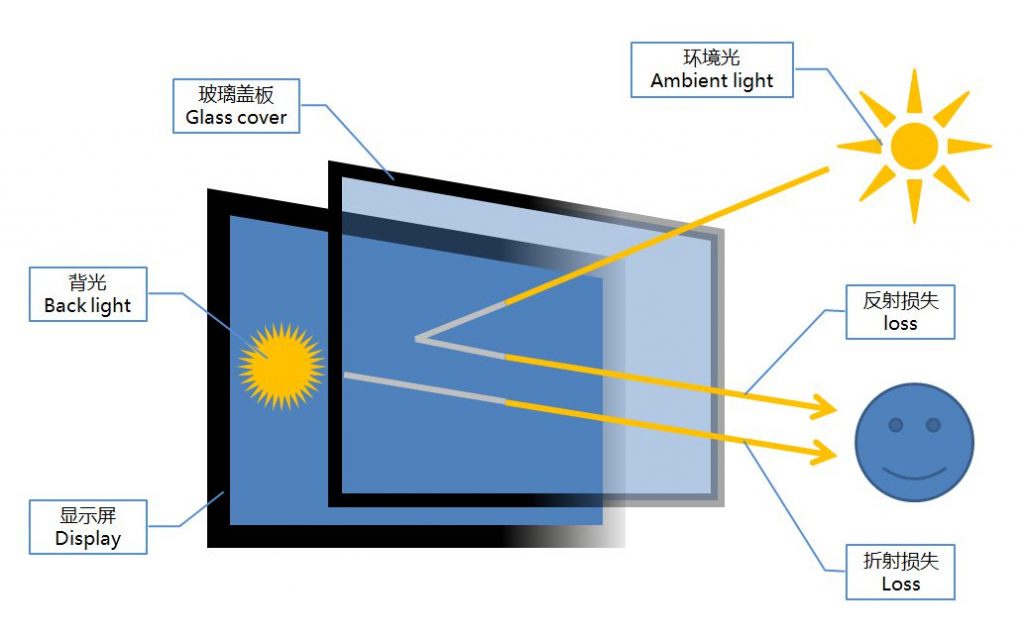
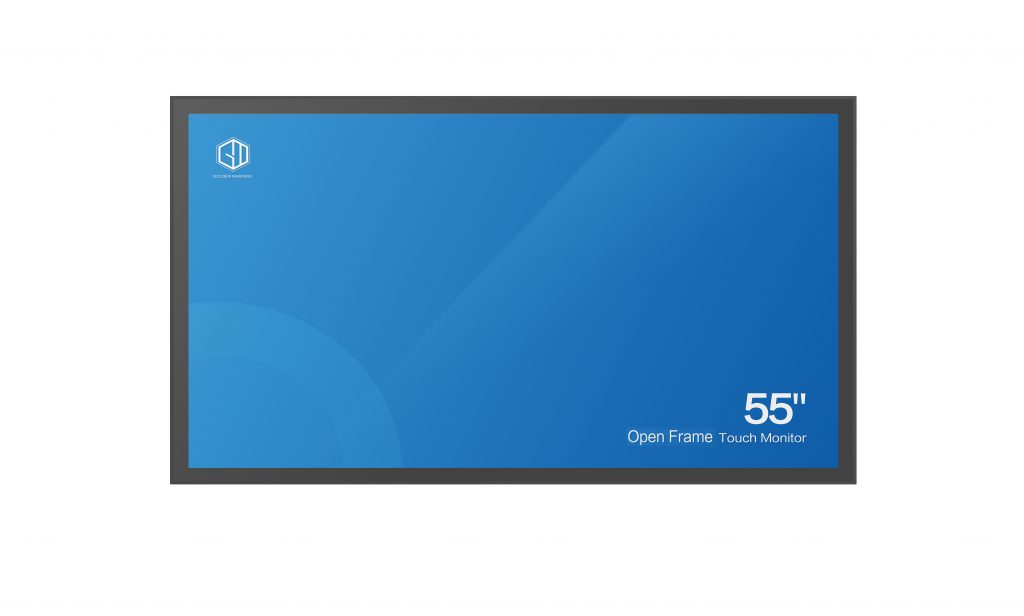
We hope you found these touchscreen or panel PC fundamentals informative. Goldenmargins offers a broad selection of Industrial Touchscreen Monitors and Touch Panel PCs in various sizes and configurations, including medical touch screens, sunlight-readable touch screens, open-frame touch screens, and waterproof touch panels, as well as other unique touch screen or panel PC designs. You can learn more about our services HERE or by calling us at +86 755 23191996 or sales@goldenmargins.com


